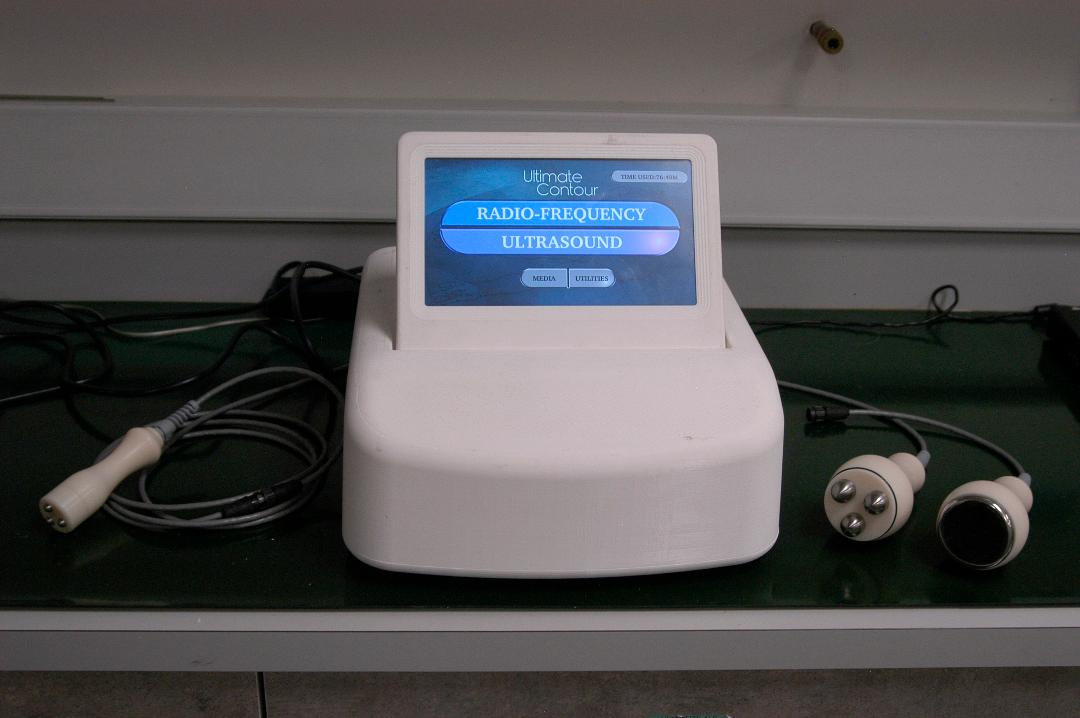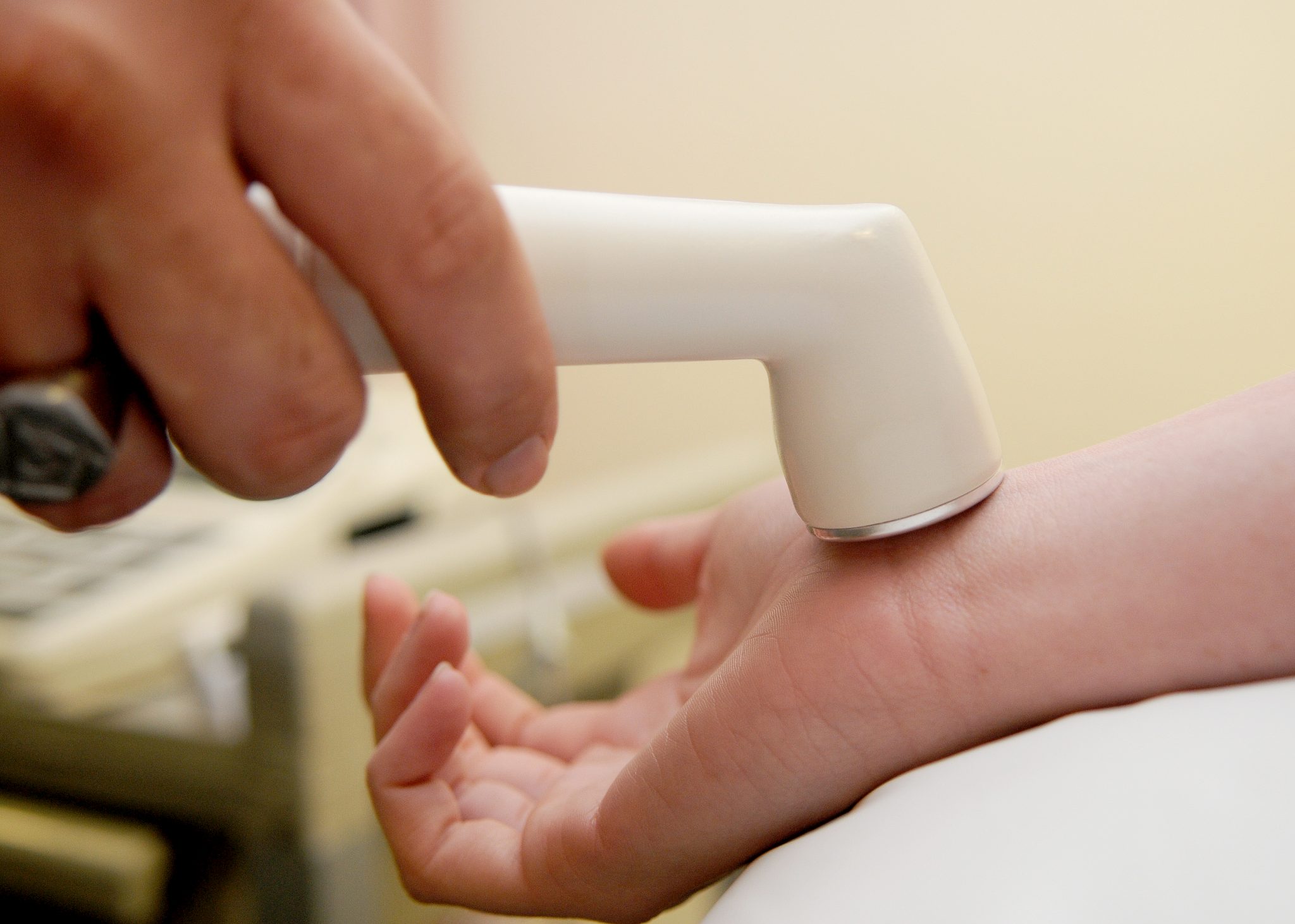Regardless to say, non-invasive devices for fat reduction have become increasingly popular over a past decade. Today, almost everyone who is dealing with obesity wants to get rid of it. And this is where modern technology is the key. Experts like John O Meadors speaks about the noninvasive device like ultrasound to reduce waist circumference. Almost everyone in the society wants to know if it is worth or not. Therefore, it is essential to explore the study of this idea.
The motive of this study was to evaluate mainly the effectiveness, and secondarily the safety, of external application of lower frequency ultrasound to the waist of overweight adults to achieve a reduction of adipose cells/tissues in the subcutaneous region. Previously, the application ultrasound of higher frequency (200 kHz to 3MHz) has been demonstrated for this purpose and such devices have received approval for treatment. However, the question remains whether application of ultrasound with a lower frequency (35 kHz to 45 kHz) can achieve equal results without introducing any new or elevated risks to the patient. This study reveals the answer to this question.
Several studies reveal the safety and efficiency of Ultrasound with higher frequency for fat reduction in the flanks and abdomen. Further, these studies show a consistent reduction in the abdominal circumference of at least 2 cm after a single treatment. Adverse events are not much, short procedural and post-procedural discomfort, bruising, erythema, and edema. High-frequency ultrasound is a safe and effective method to reduce focal fat.

The study has a fixed closed end of three treatment sessions per patient, with an additional upcoming follow-up visit, to the extent that a sufficient quantity of patients has completed the study. Given that a minimum of two days gap is prohibited between treatments, and the follow-up visit is an essential minimum of two days after the final treatment, and with the scheduling of patients to best utilize equipment resources and investigator, the whole course of the study is never expected to exceed 2 weeks of total study time. Once patient treatments were done, sponsor analysis the data to determine the extent of success in achieving the primary and secondary objectives.
Let’s Explore the Objectives of the Study by John O Meadors
PRIMARY
With the primary objective of the study, experts want to determine whether the application of lower frequency (35 kHz to 45 kHz) ultrasound energy to the waist/abdominal region of the human body is helpful in reducing the number of internal adipose cells and/or tissue to a statistically significant level or not. In this adipose tissue, the determination of the reduction is achieved by taking the measurement of the body circumference that includes the abdominal area that was treated. Additionally, comparing measurements prior to the initial treatment with measurements after the entire treatment result is concluded.
SECONDARY
The secondary objective of this study was to evaluate if the device is safe or not. An assessment was made by allowing the patient to rate the treatment experience and report any side effects, symptoms, or associated abnormal conditions. Further assessment was made by a blinded investigator to give accurate confirmation if visualizes detectable abnormal conditions (for say: edema) were presented following the treatment. Success was concluded by whether the patients indicated any awkward experienced during the treatment, and following the treatment, that are directly attributable to the treatment, along with an absence of abnormal conditions or side-effects directly attributable to the treatment, creating a risk/benefit condition where the advantage of treatment is regarded to outweigh the risks and temporary discomfort.
According to John O Meadors, the benefit was regarded to outweigh the risk when:
1) On the Stanford Pain Scale, no patients report a pain rating of 4 or higher.
2) No patients exhibit abnormal conditions or any side effects of the post-treatment follow-up, and
3) No patient who was included in the Test group reports declares the treatment regimen was unsuccessful.
Final Words
According to the study report and expert reviews including John O Meadors – high-frequency ultrasound is the safest and efficient way to reduce waist circumference.












